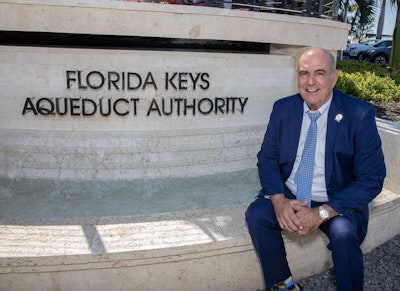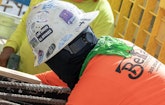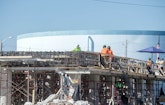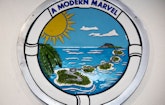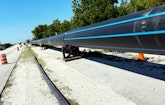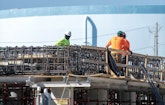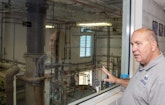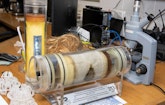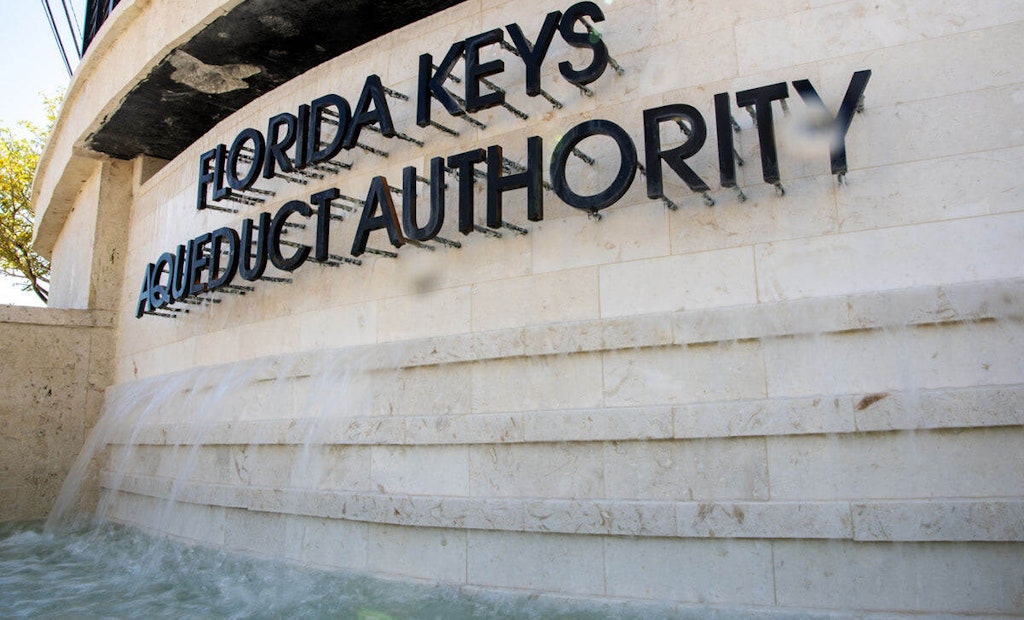Water, water everywhere and not a drop to drink. That would be the plight of many Florida Keys residents were it not for a 130-mile pipeline connecting their faucets to the Biscayne Aquifer in mainland Florida. In April, the water authority serving the Keys will begin a long-term...
Decades in the Making
Historic project will revamp water distribution through the Florida Keys
Popular Stories
Discussion
Comments on this site are submitted by users and are not endorsed by nor do they reflect the views or opinions of COLE Publishing, Inc. Comments are moderated before being posted.
